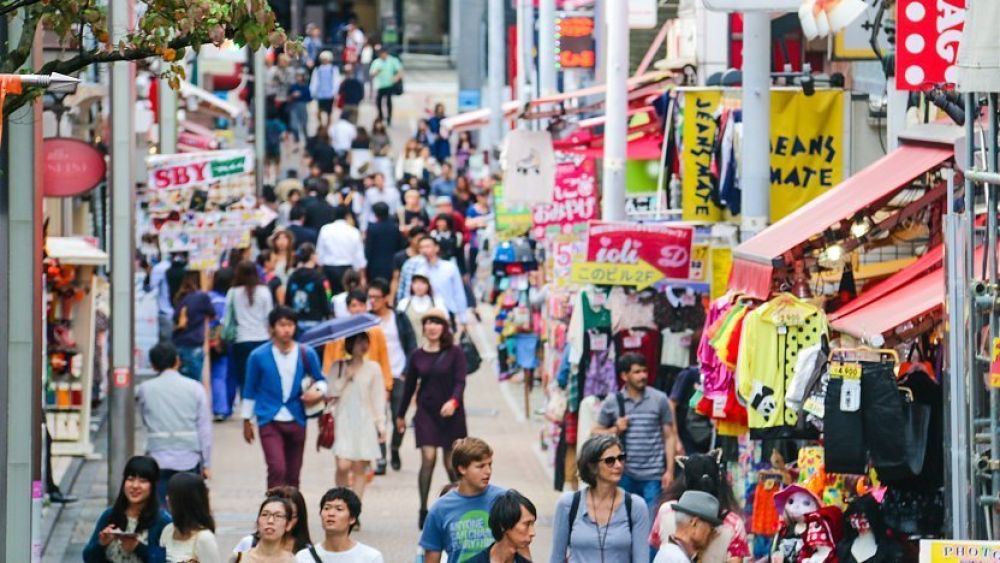

Harajuku, the vibrant district situated between Shinjuku and Shibuya, has long been the beating heart of Japan's unique fashion culture and youthful social scene. Its tourism history is as colorful as the district itself and is deeply intertwined with the developments in Japanese fashion and street culture.
In the post-war era of the 1950s and 60s, Harajuku began to gain notoriety as the place where Japan's youth would gather. The 1964 Tokyo Olympics marked a significant boost for tourism in Harajuku. The district's proximity to the Olympic venues and the influx of international visitors cemented its status as a cosmopolitan fashion hub. It was during this time that the famous Takeshita Street began to flourish, paving the way for Harajuku's iconic reputation.
In the 1970s and 80s, Harajuku became synonymous with Japan's avant-garde street fashion, showcased by young people sporting outfits inspired by punk rock, goth, and other global trends. Tourism expanded as word spread of the area's unique fashion sensibility. The 1990s saw the rise of "Ura-Hara," with independent designers and boutique shops adding depth to the area's stylish allure, further solidifying Harajuku as a must-visit for tourists interested in cutting-edge fashion.
By the early 2000s, Harajuku's fame had gone global, attracting not just fashion enthusiasts but also pop culture aficionados following the Western embrace of anime and J-pop. Icons like Gwen Stefani with her "Harajuku Girls" further introduced the district to international audiences, leading to a surge in tourism. In recent years, social media has amplified Harajuki's allure, with visitors eager to share the district's sights and styles online.
Today, Harajuku is not just about fashion; it's about the experience. Visitors can enjoy themed cafes like the Kawaii Monster Cafe, shop for eccentric items in places like Laforet or Tokyo Plaza, and immerse themselves in the district's creative energy. Tourism trends now include food tourism, with tourists indulging in Harajuku's famous crepes and other Instagrammable treats.
Moreover, in recent years, there has been a push towards sustainable tourism, with initiatives aiming to maintain the cultural integrity and vibrancy of Harajuku while encouraging responsible travel practices. Tourists are henceforth not only consumers of the culture but also increasingly seen as patrons and preservers of the district's unique identity.
As Harajuku continues to evolve, it retains its status as a trendsetting locale that is at the forefront of Japan's tourism industry. Both domestic and international visitors continue to flock to Harajuku, drawn by its rich history, its contemporary relevance, and its enduring appeal as a symbol of youth culture and fashion ingenuity.